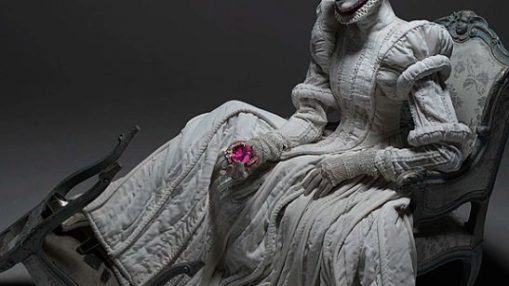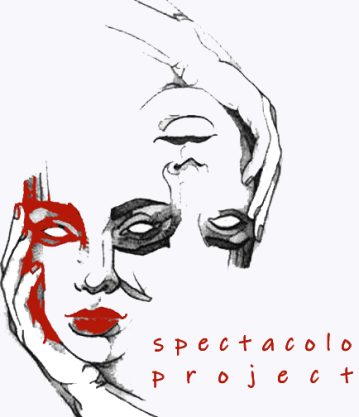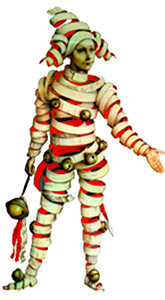
What is a costume designer?
Another approach
What is a costume designer?
A costume designer is a story teller who uses clothing and fashion instead of words to tell that story. As a costume designer, you don’t just put together some good-looking fabrics to make them into costumes; you connect the characters to the script and make the story cohesive. You bring the characters to life using fabrics and accessories, which at the end will help the audience connect with the play and make the whole experience immersive. To do so, you have to do a thorough research of the era the play takes place. Visit museums, read history books or even literary books, go to galleries, watch documentaries. After all, the whole procedure is fun and creative.
You don’t, necessarily, have to own a degree in fashion, but you should take some courses before you take a job:
- Costume design
- Fine art
- Art and design
- Fashion
- Dressmaking
- Textiles
You should also have some organizational skills and an ability to work fast either you work alone or with others. You may need to work on your communicational skills, since you will have to present your ideas to the production and you will have to convince them about your vison.
Let’s now take a look at the procedure, step by step:
STEP 1: Read the script
Read the script carefully. Notice how it makes you feel. You have to transfer this feeling to the audience. Keep that always in mind. Note down the historical era the characters live in and create an image in your mind about the general outfit.
STEP 2: Conduct a research
Now it’s the time to do a thorough research on what the characters will wear based on the historical era of the play.
STEP 3: Meet with the director
Discuss with the director about the exact number of characters as there may be non-speaking characters that may have not been listed in the script.
STEP 4: Meet with the other designers
Meet with the set, lighting and sound designers to discuss their approach on the play. This will help you decide which textures you need to choose.
STEP 5: Create a costume plot
The costume plot is a chart that shows how many and which characters appear in each scene and what their outfits are.
STEP 6: Create rough sketches
Do a rough drawing of what the main and secondary characters are about to wear. These sketches don’t need to be in color.
STEP 7: Draw the final designs
After your rough sketches have been approved by the director and the production, you have to draw the final costume designs. These have to be in full color and be specific on the textures and accessories of each character.
STEP 8: Gather what you need
Decide which fabrics or clothes need to be bought or created from scratch. Always have in mind the production budget. Take into consideration the accessories too.
STEP 9: Create the outfits
After you have all the materials you need, you have to sew them, cut them, paint them and create the final costumes.
STEP 10: Schedule the fitting
Organize and schedule the fitting. Take some photographs too. Make any changes needed to make your costumes look perfect.
STEP 11: Take the final approval
Discuss one more time with the director to take the final approval. Once your work is approved, it’s official done!
You may now think there is loads of work for you to do, but don’t worry, you won’t do it alone! You will have a team to help you! Let’s see who will be part of your team:
- Costume design assistant
The assistant will help you break down the script to find the needs of each character. They will also assist you with the research you have to do. They will be the ones that will work on the budget and will estimate the costs of buying and making costumes and accessories. They will also be present at the fitting and may take the measurements of the actors.
- Costume maker
Costume makers create the garments. With your guidance and specifications, the will cut the fabrics and sew the costumes.
- Breakdown artist
Breakdown artists are responsible for giving “character” to the costumes by making them look worn and even old. To do so, they use dying and ageing techniques.



